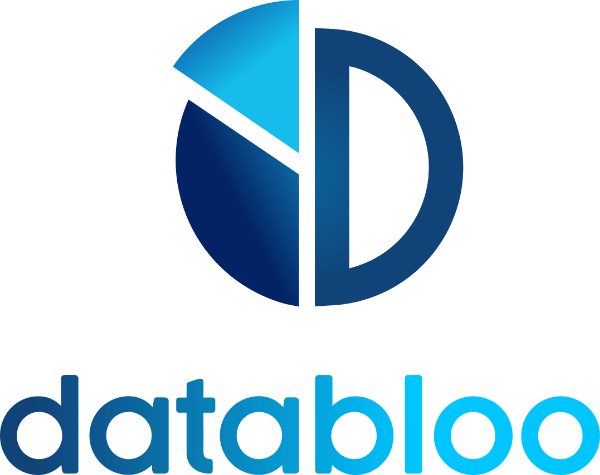Table of Contents
Overview
- Data Source: Google Analytics 4 (with Google Signals activated)
- Type: Text (Age Brackets)
- Age in Google Analytics segments users into predefined age brackets, such as ’18-24′, ’25-34′, ’35-44′, ’45-54′, ’55-64′, and ’65+’. This demographic information helps in understanding the age distribution of your audience and tailoring content, marketing strategies, and products to suit different age groups.
Age Brackets
- 18-24: Young adults, often college students or early career individuals.
- 25-34: Adults in their late twenties to early thirties, frequently experiencing significant life milestones like career advancement, marriage, or starting a family.
- 35-44: Individuals in their mid-thirties to early forties, often in stable career paths and with growing families.
- 45-54: Middle-aged adults, possibly experiencing peak career roles and preparing for long-term financial goals.
- 55-64: Pre-retirement age individuals, often focusing on retirement planning and enjoying mature adulthood.
- 65+: Seniors, who may be retired and have interests aligned with leisure and lifestyle activities in their golden years.
Note on Data Availability
- The “unknown” dimension value is utilized when Google Analytics lacks sufficient information to determine a user’s age, which might be due to data privacy measures or limited user data.
- Age data becomes available in Google Analytics when Google Signals is enabled, subject to certain data thresholds to ensure privacy compliance.
Use Cases
- Targeted Marketing: Customize marketing campaigns and messaging to appeal to specific age groups, enhancing relevance and effectiveness.
- Content Customization: Tailor website or app content to match the preferences and needs of different age demographics, improving engagement and user experience.
- Product and Service Design: Inform product development and service offerings based on the predominant age groups of your audience, ensuring they meet the specific needs and preferences of those age brackets.
- User Experience Optimization: Design user interfaces and experiences that cater to the usability preferences and requirements of different age groups, particularly considering the varying levels of tech-savviness.
- Strategic Planning: Use age demographic insights for long-term strategic planning, including market expansion, product line extensions, or entering new market segments.
Indicators
- Engagement Trends: Identifying which age groups show higher engagement levels can guide targeted engagement strategies and content development.
- Conversion Insights: Age-related conversion trends can highlight which demographics are more likely to convert, informing targeted conversion optimization strategies.
- Market Opportunities: Variations in the age distribution of your audience can unveil untapped market opportunities or the need for market diversification.

